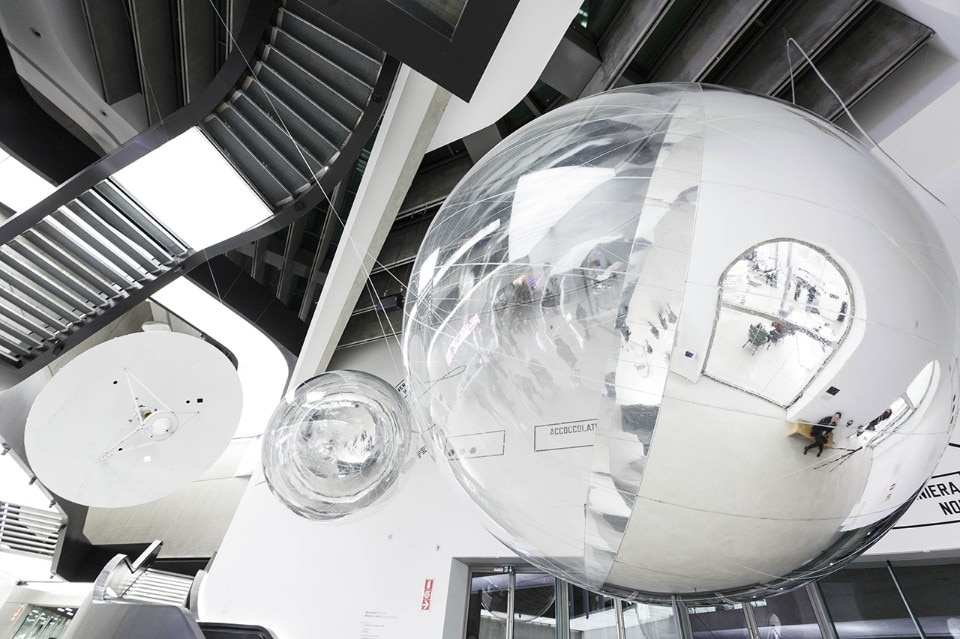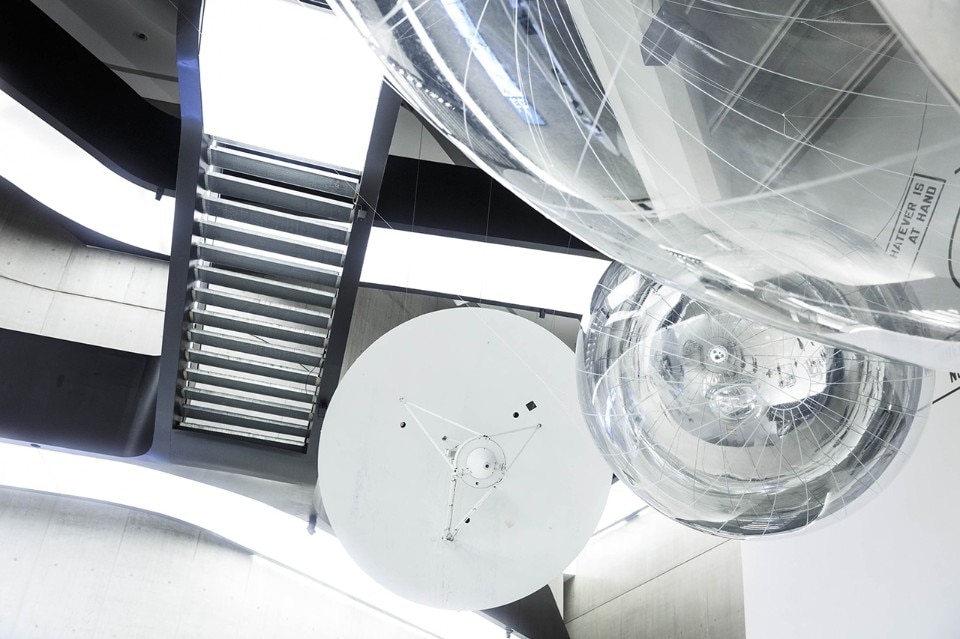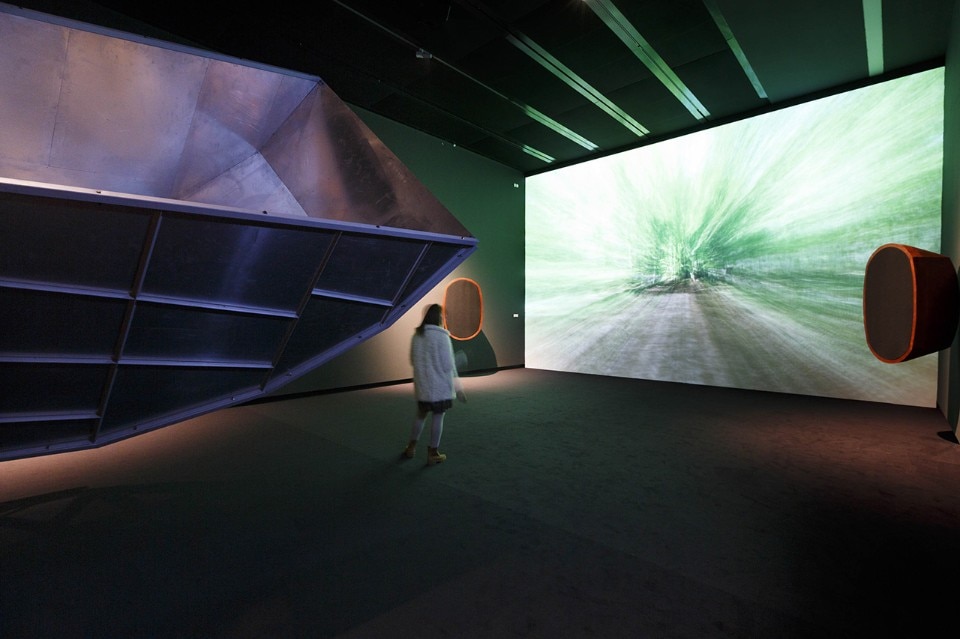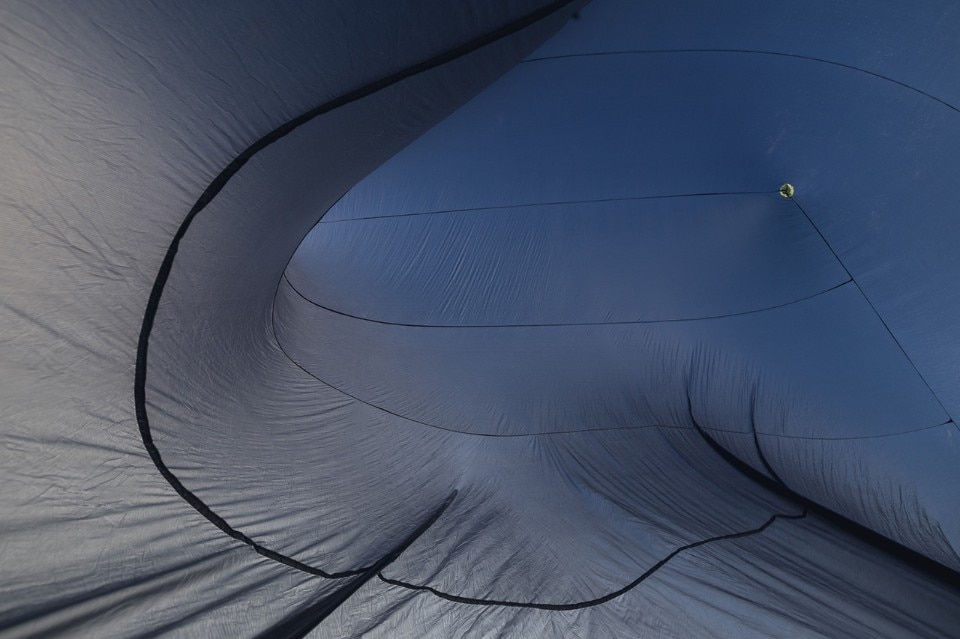Before entering the exhibition space, a notice warns you to be prepared for darkness – you are about to explore an environment profoundly different from that of the everyday world. Past the black curtain, there is a marked shift from the atmosphere in the rest of the museum. There is total darkness, broken only by a few lights indicating the locations of works of art and scientific instruments, forcing you to re-orientate yourself in a space where apparent emptiness predominates. The environment invites us to step abruptly away from the chaos of the city and immerse ourselves in another dimension, a sacred one. This is the exhibition “Gravity: Imaging the Universe After Einstein”, curated at the MAXXI in Rome by an interdisciplinary team made up of Luigia Lonardelli, an art historian, Vincenzo Napolano, from the Italian national institute of nuclear physics, and Andrea Zanini, from the Italian space agency, with Giovanni Amelino-Camelia acting as scientific consultant.
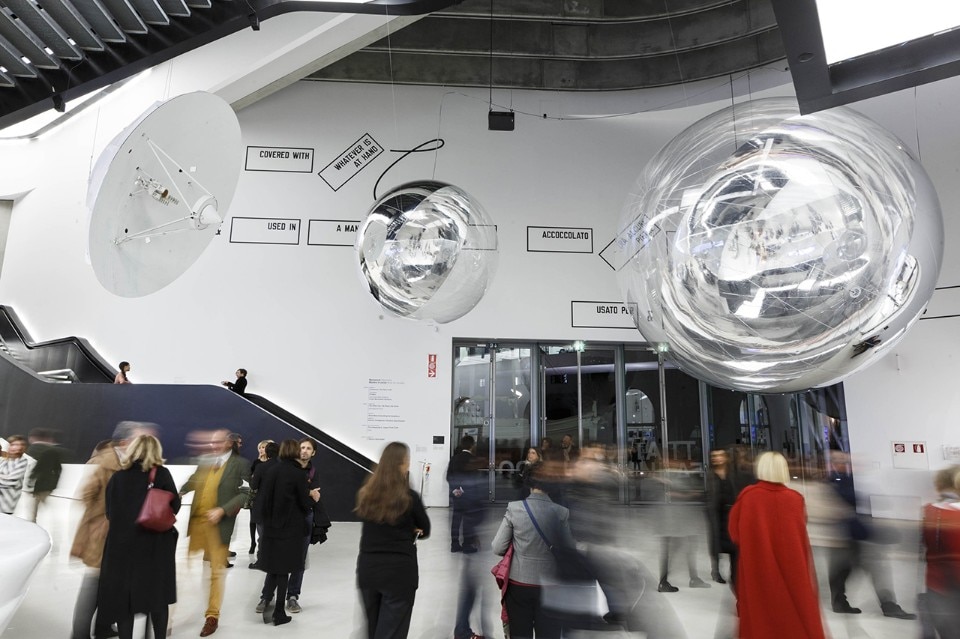
 View gallery
View gallery

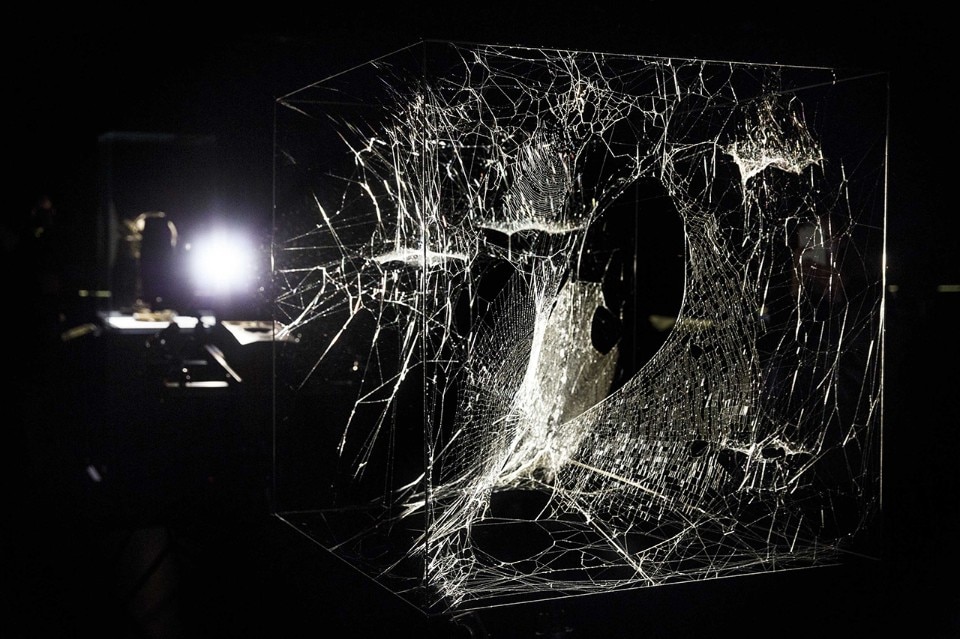
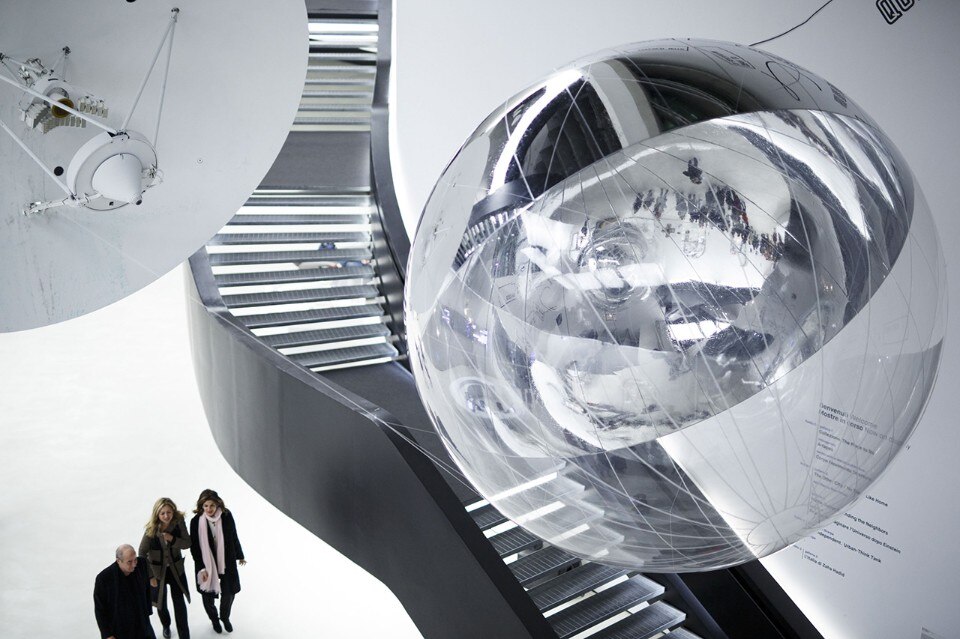
Some of the most brilliant minds in Italian research have worked together with a single aim. As Luigia Lonardelli explained to us, “100 years since Albert Einstein’s theory of general relativity radically changed cosmology, the exhibition analyses and presents the multiple connections between art and science, highlighting the influence that the German scientist’s vision still has on thought and contemporary culture. The exhibition is the product of two years’ intensive work. The dialogue between artistic and scientific work has been essential in our attempt to reveal to a broad public the profundity underpinning the known universe and the complex mechanisms that bring together scientists, artists and philosophers – all equally important – in the search for knowledge.”
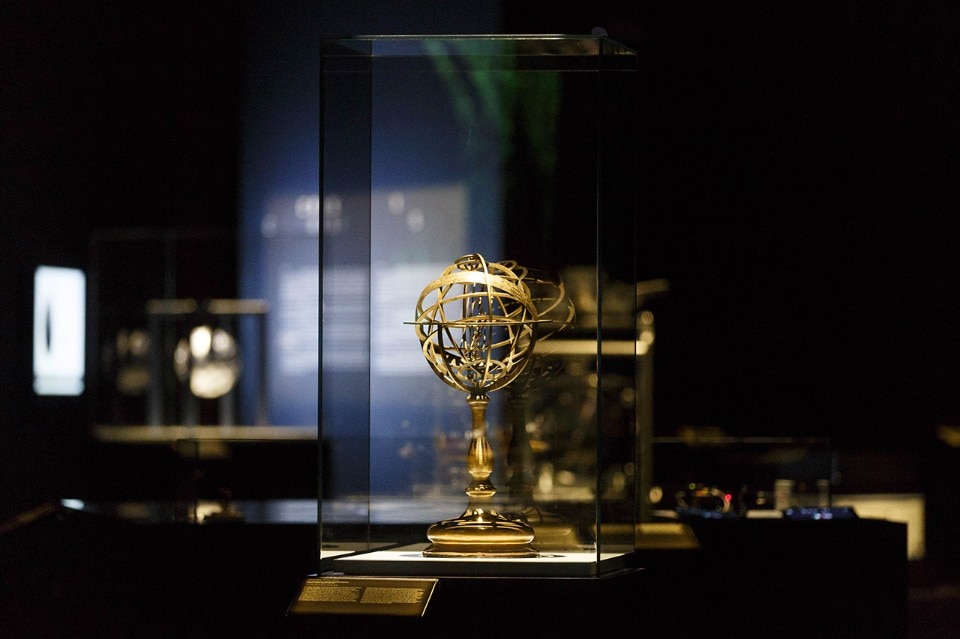
 View gallery
View gallery

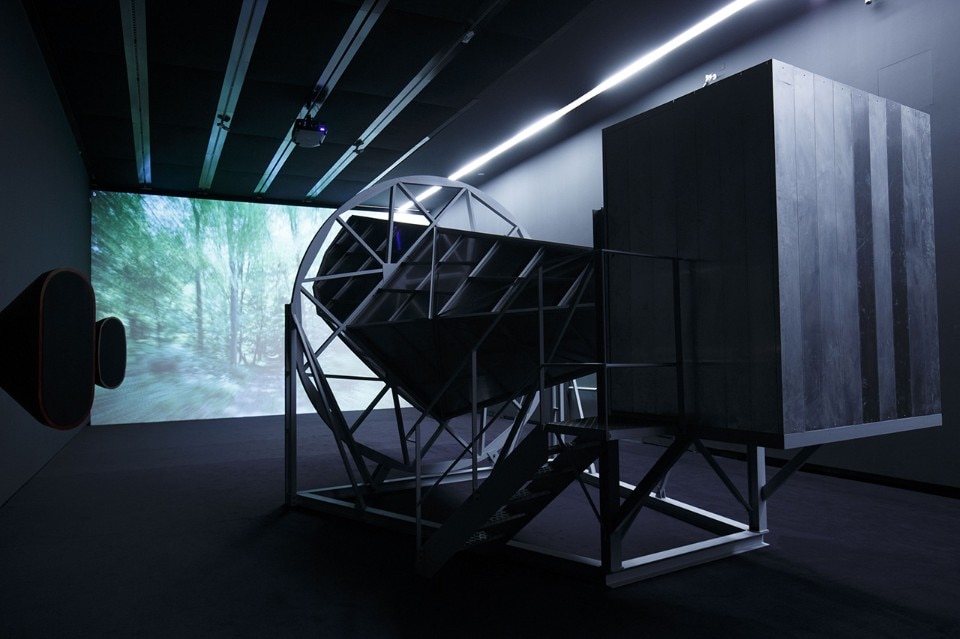
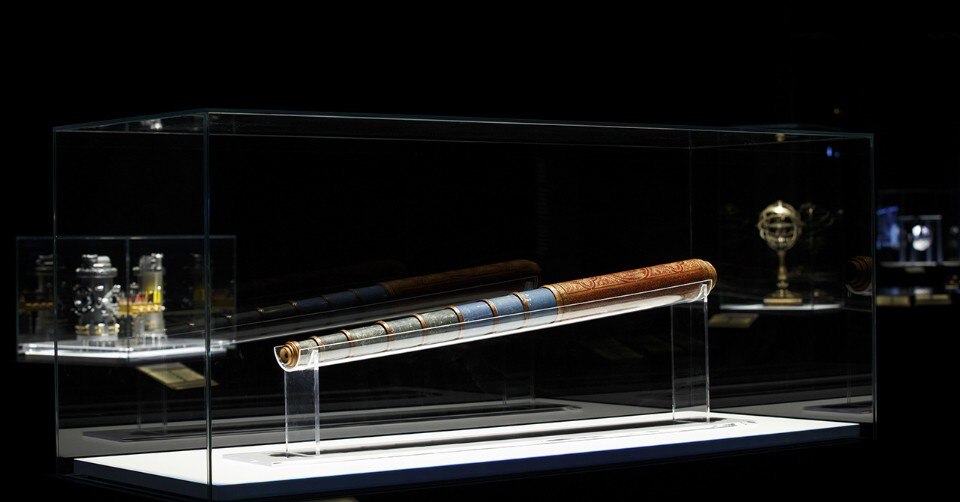
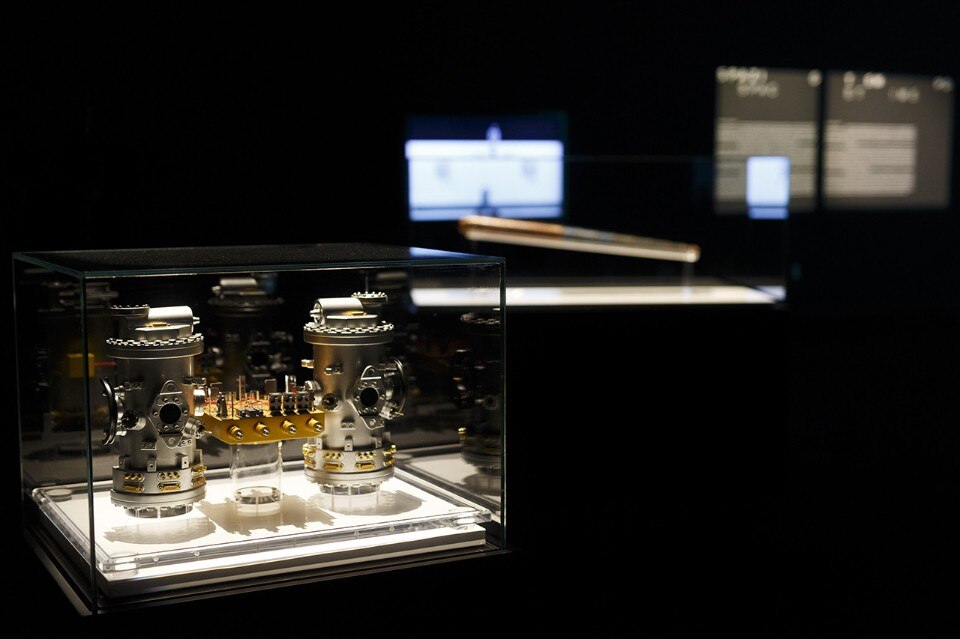
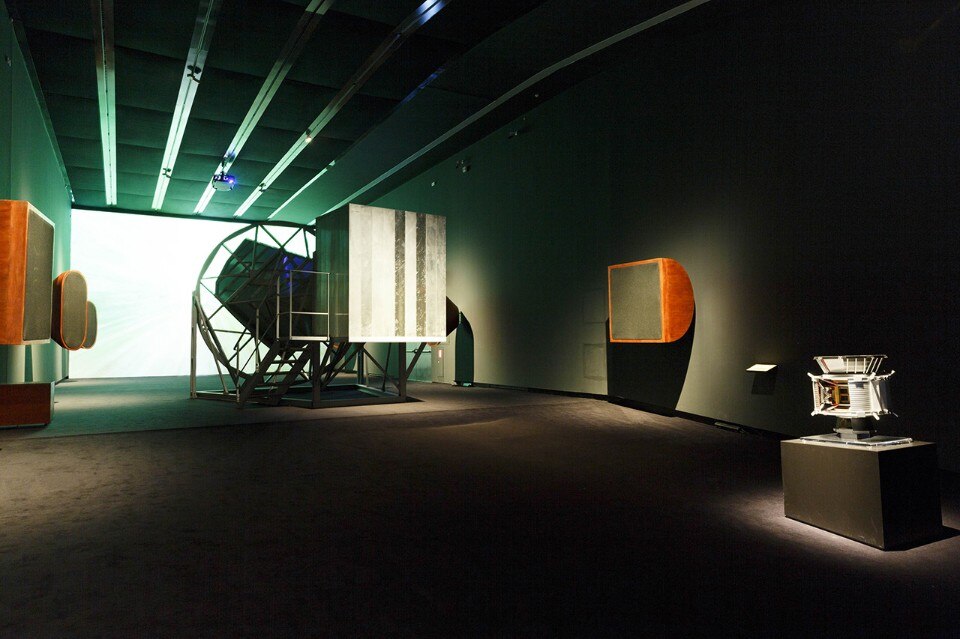
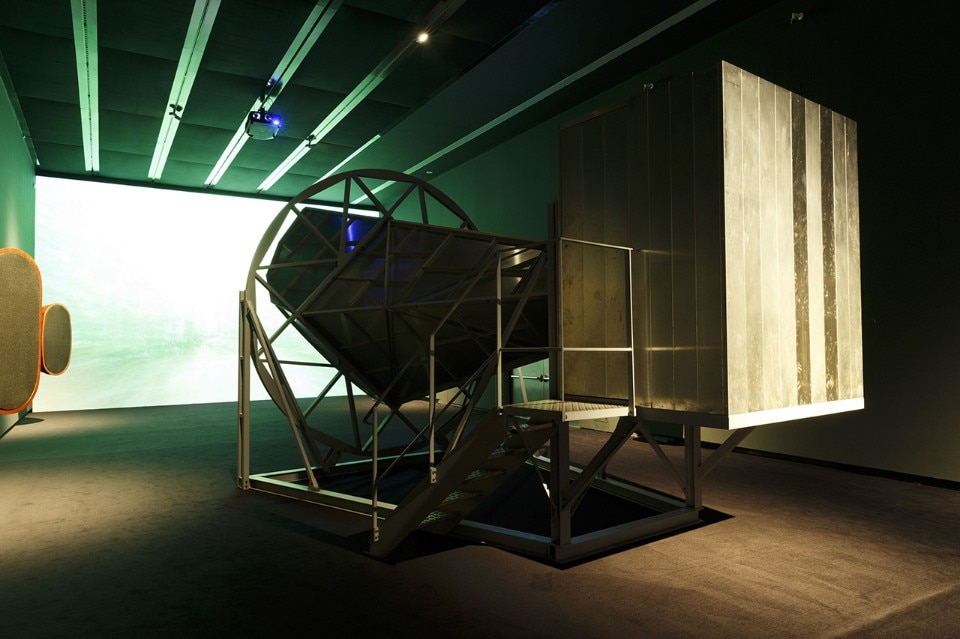
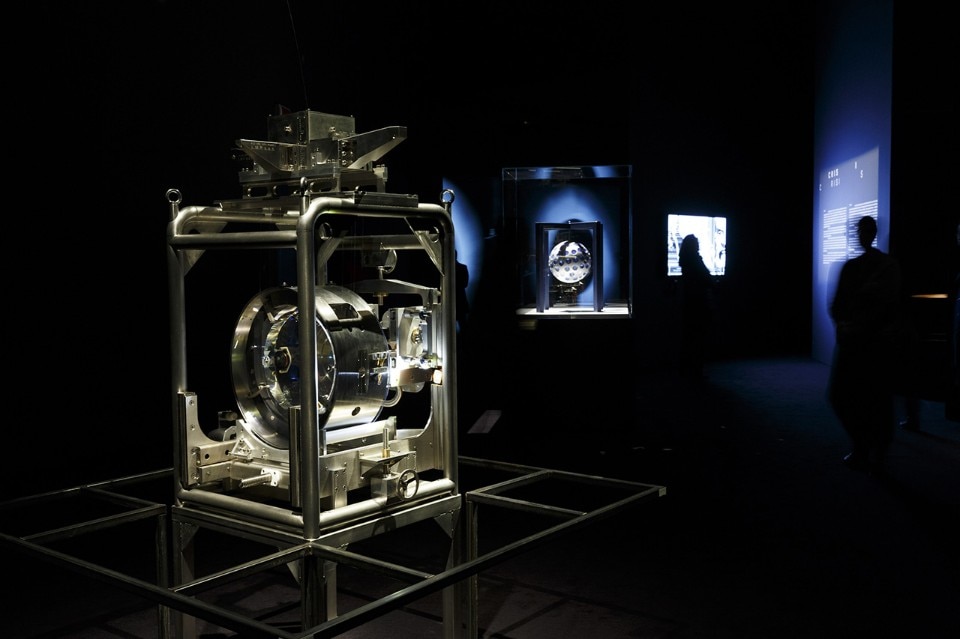
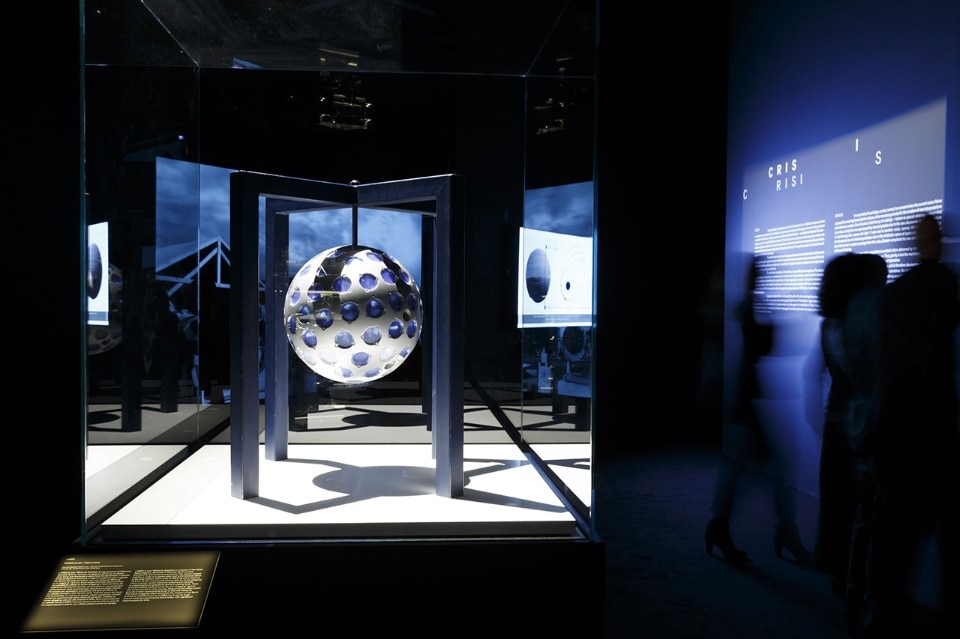
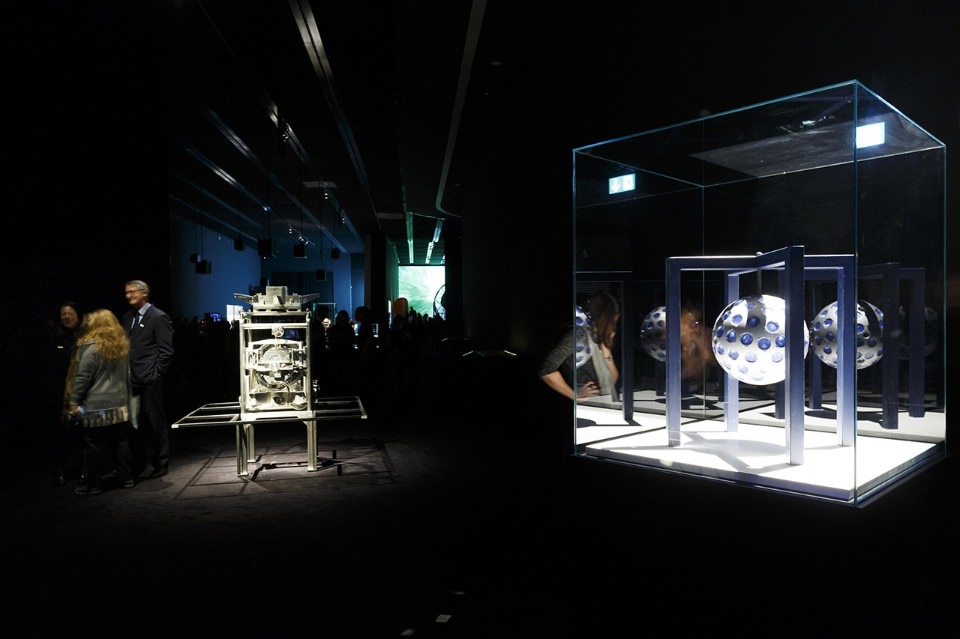
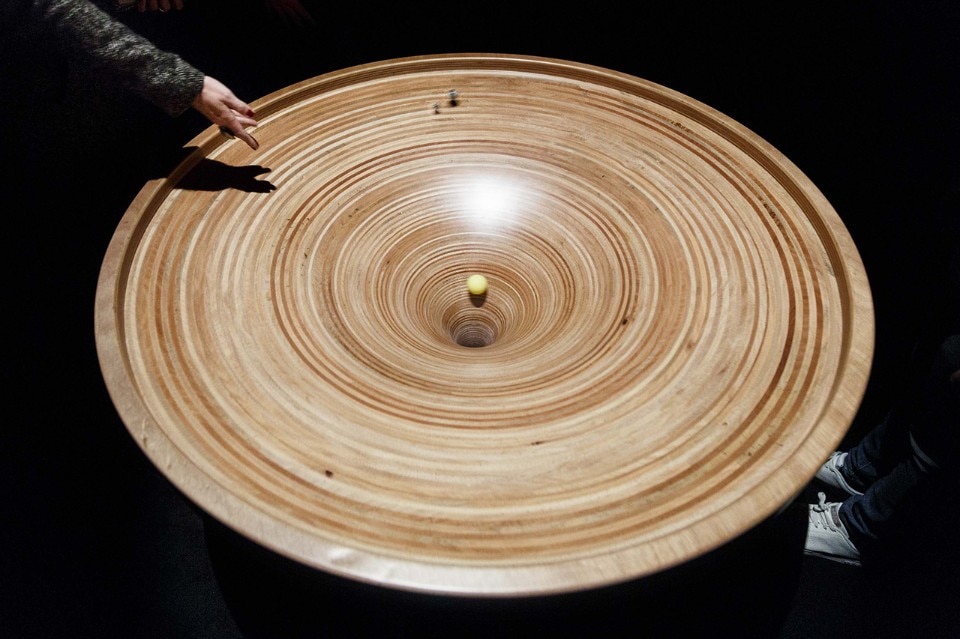
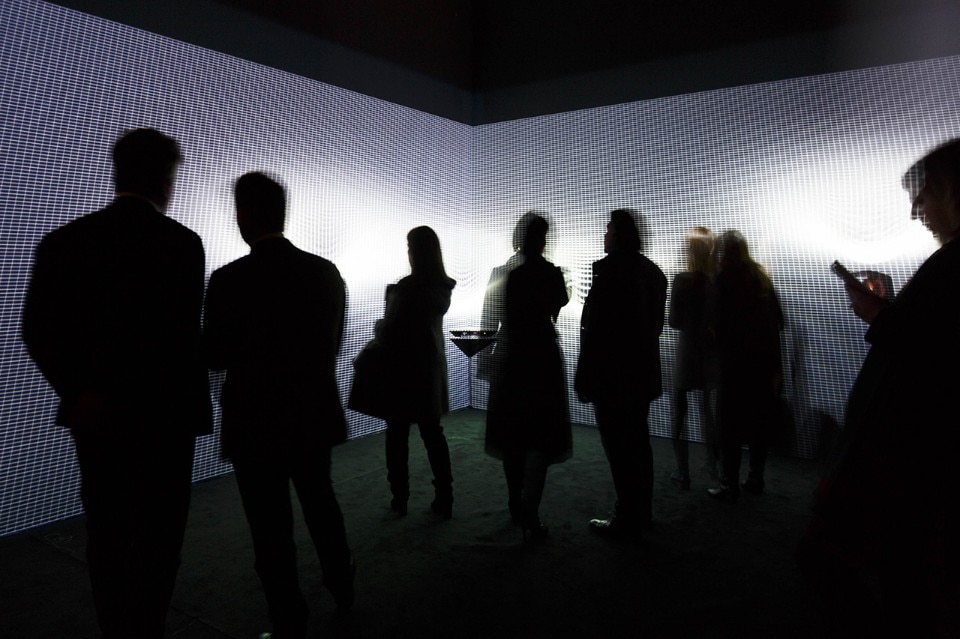
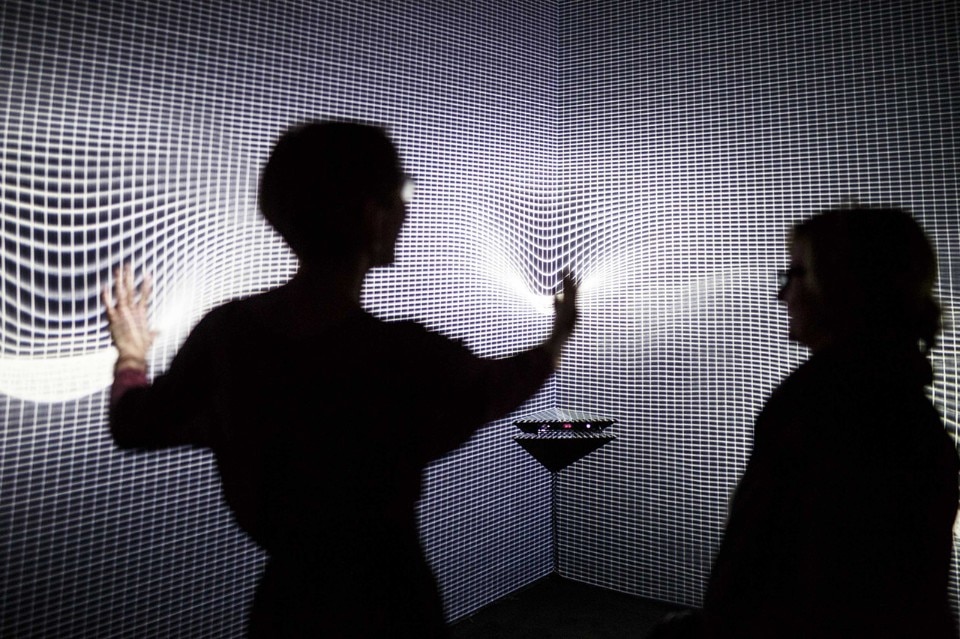
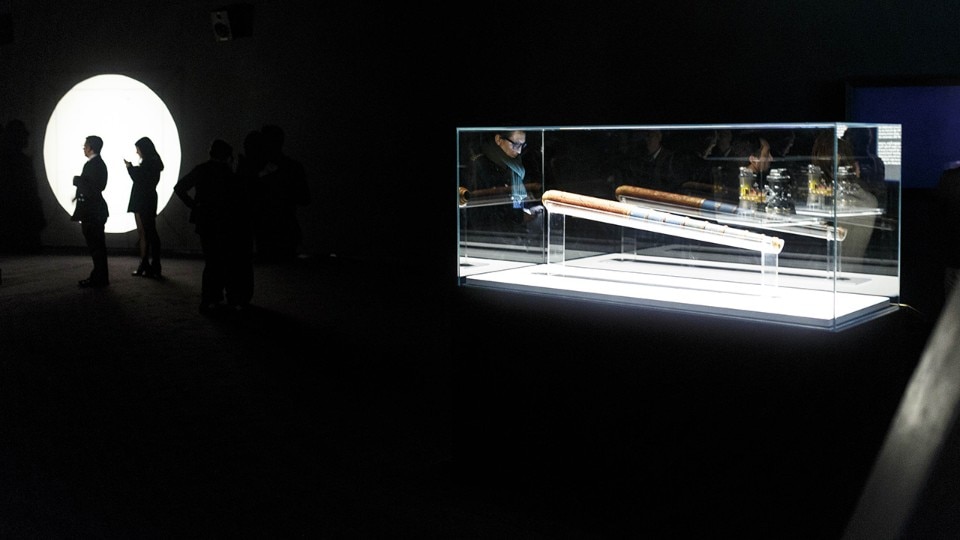
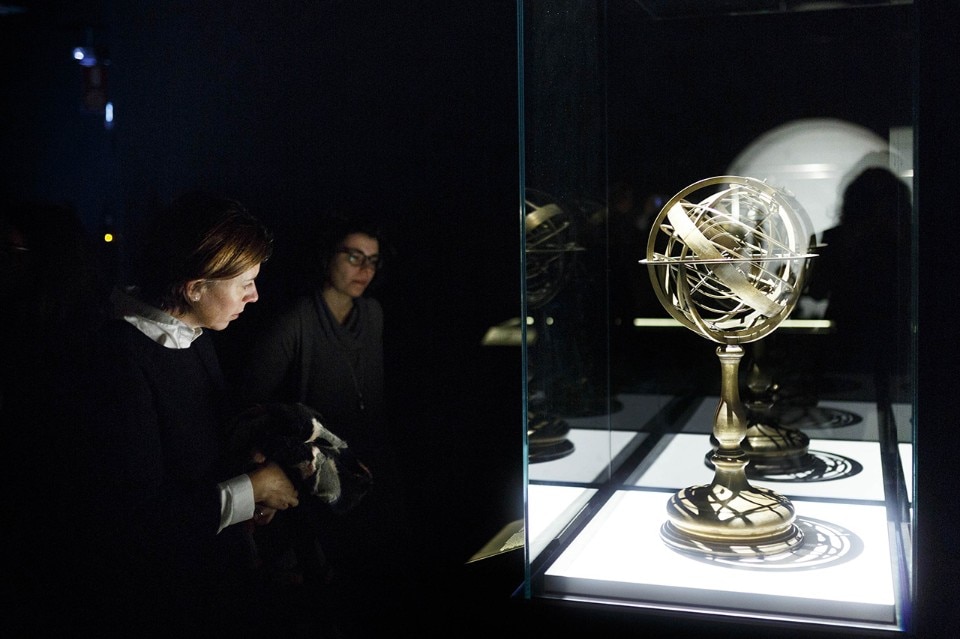
The exhibition starts with 3 stoppages étalon, a 1913 work by Marcel Duchamp rethinking the standard unit of measurement, the metre. The artist was influenced by contemporary research questioning the objectivity of scientific knowledge. The exhibition is studded throughout with scientific tools and instruments, such as Galileo’s telescope and the Virgo end mirror. There are interactive educational installations such as “Gravitational Hole” and “Bending space” – visitors can experiment with gravitational dynamics and “enter” space-time – and emerging out of the darkness works by artists such as Laurent Grasso, Allora & Calzadilla, Peter Fischli and David Weiss. But the real star of the exhibition is the Argentinian Tomás Saraceno, who – unusually – pairs the roles of artist and curatorial advisor at the same time. He is the creator of a vast, composite installation called Cosmic Concert – The Tuning Illusion, which brings together a constellation of scientific works and objects from his private collection. The aim is to create resonances between them, giving concrete form – in sounds, vibrations and visual signals – to the structure of the relationships making up the universe.
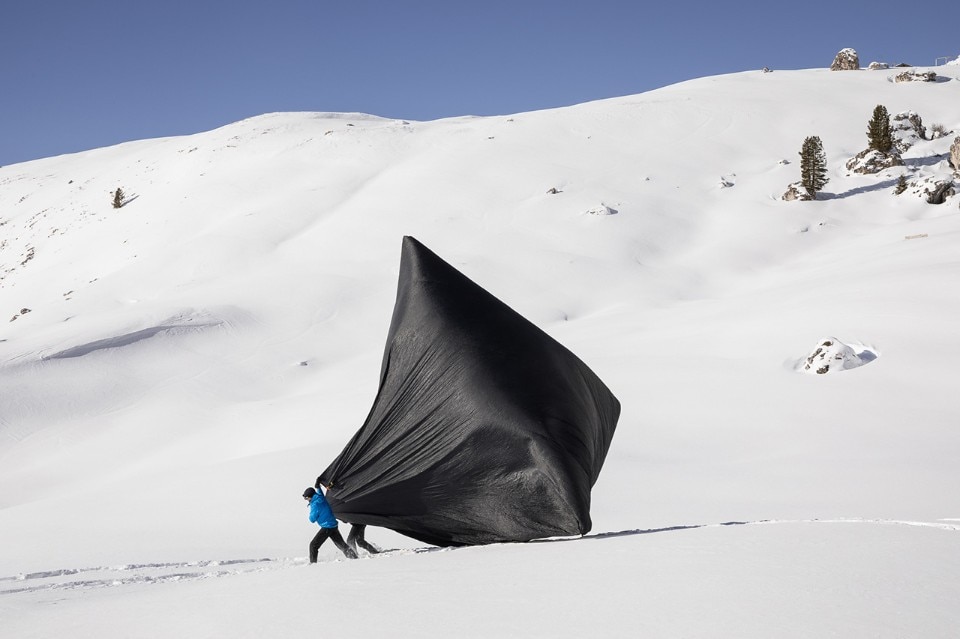
 View gallery
View gallery

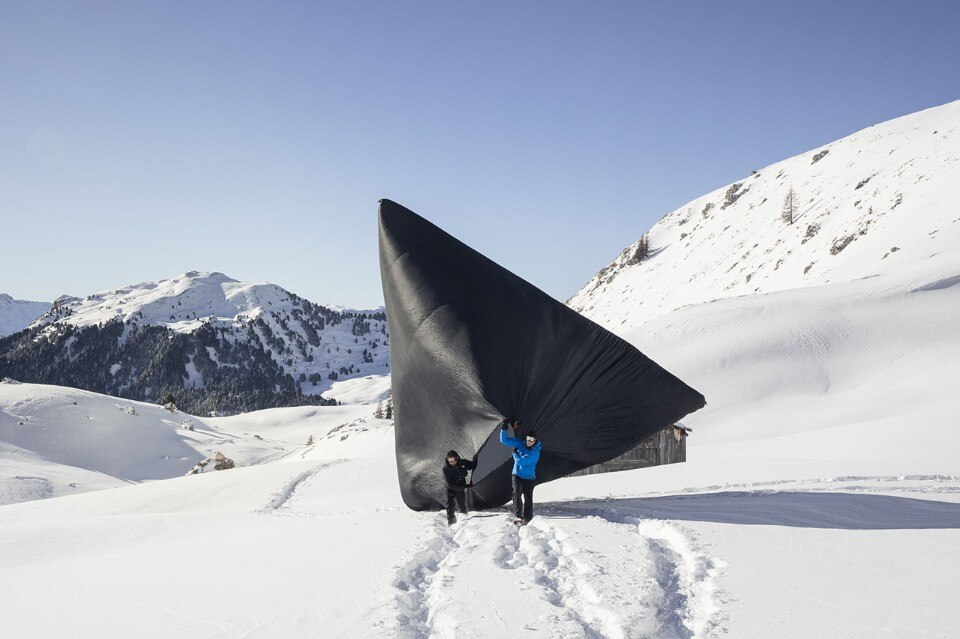
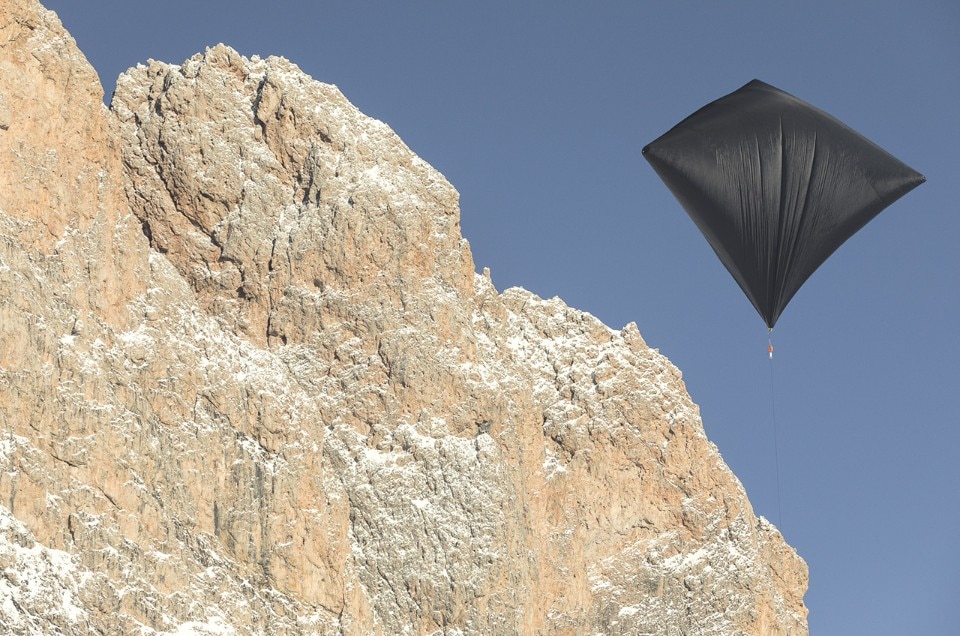
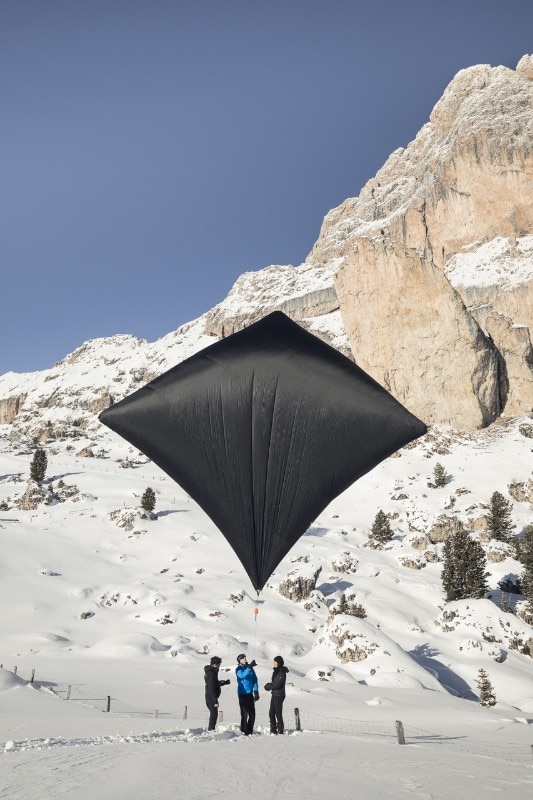
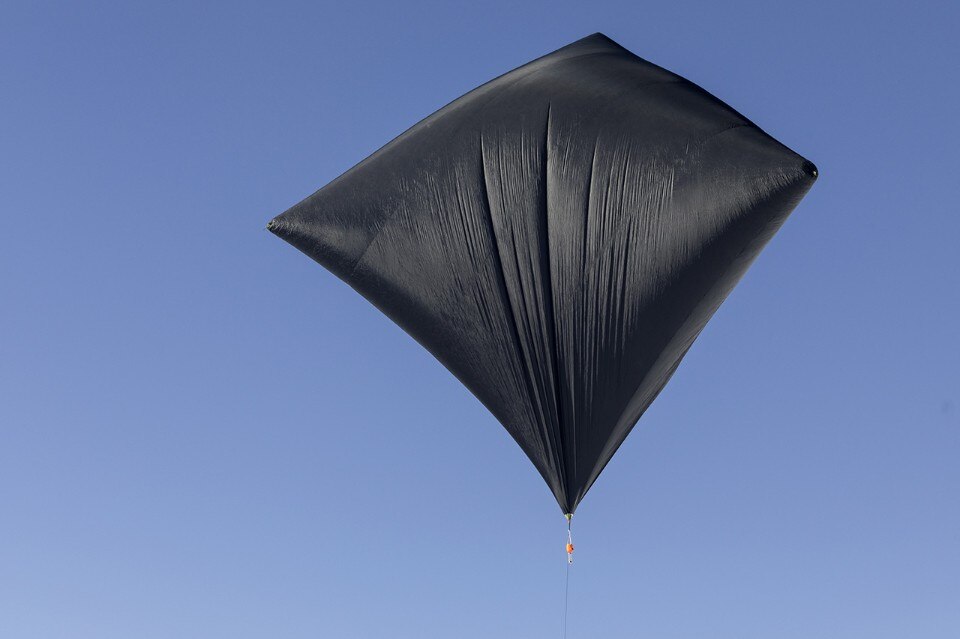
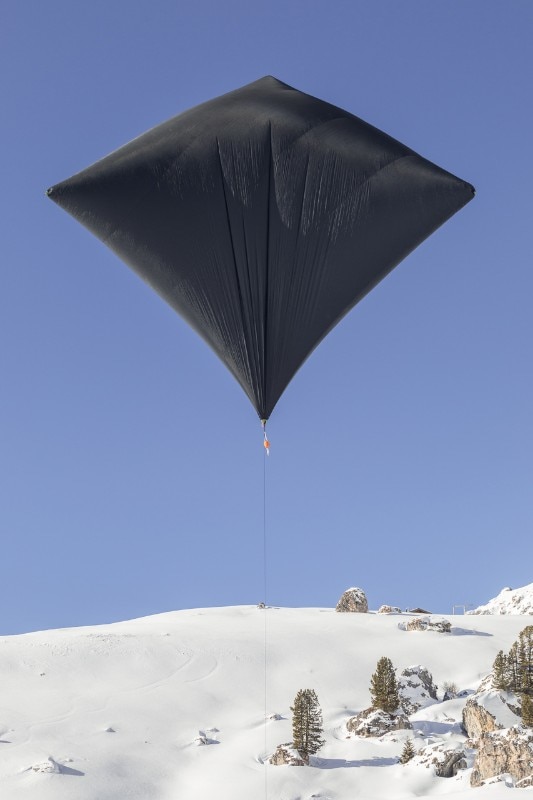
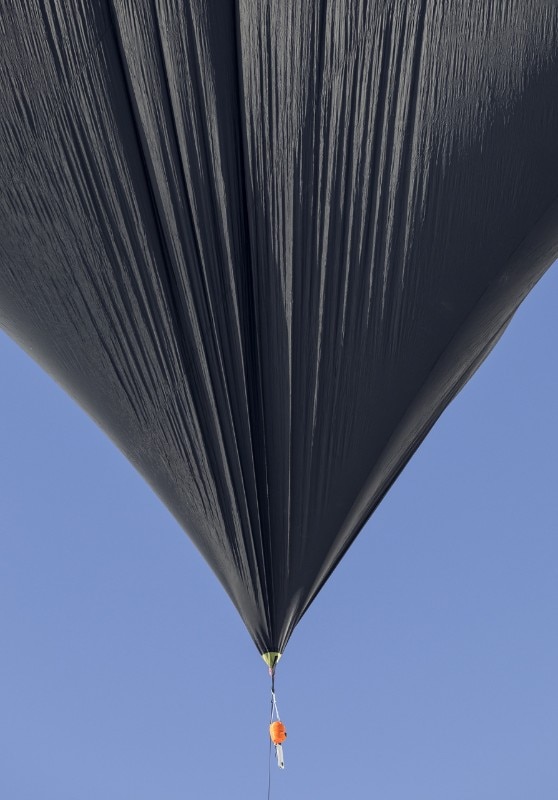
As Luigia Lonardelli told us, “The aim is to go beyond the idea of a work of art as a descriptive caption to a scientific concept. We asked Saraceno, an artist with a scientific background, to interpret the theme of the exhibition. Tomás played a decisive, original role because he offered general guidance on how to programme the displays right from the start, above all in the construction of the space in relation to light and sound, which are central in his work. The artist was able to work in complete freedom. He’s created a single work incorporating multiple different objects – you move from one to another as you move from one thought to another, seamlessly.” One of the most evocative among the installations is Echoes of the Arachnid Orchestra with Cosmic Dust, which revolves around a system of spider webs inhabited by the spider Nephila senegalensis, with the working of the texture amplified using audio technology. The work sets up a dialogue with Social Supernova Catcher, which is based on an interferometer modified by Saraceno to produce a visual representation of the imperceptible movements of the spider on the web and those of the public in the exhibition space. Another work, KM3NeT – the result of an unusual collaboration with the Italian institute of nuclear physics – reveals the sounds captured deep in the Mediterranean by the undersea telescope Km3, which is positioned at a depth of 3,500 metres under the surface off the coast of Sicily.
Thanks to the support of Alessandro Coco in Rome and Studio Folder (Marco Ferrari and Elisa Pasqual) in the Alpine valley of Val Gardena, Studio Saraceno has overseen the launch in Italy of two Aerocene Explorers, free-floating sculptures that will soar upwards during the time that the exhibition is open, using solar energy and wind power. They represent a possible route to freedom from fossil fuels and celebrate the power of nature. The Aerocene project is the work of an interdisciplinary collective headed by the studio to explore our habitat, the air, and open the door to highly sustainable future modes of transport. Saraceno, as an artist, in dialogue with the world of scientific research, has the unique freedom to imagine a new era, one that would take the place of the Anthropocene.
- Exhibition title:
- Gravity. Imaging the Universe after Einstein
- Opening dates:
- 2 December 2017 – 29 April 2018
- Curators:
- Luigia Lonardelli, Vincenzo Napolano, Andrea Zanini
- Scientific advice:
- Giovanni Amelino-Camelia
- Venue:
- MAXXI, Gallery 4
- Address:
- via Guido Reni 4A, Roma


